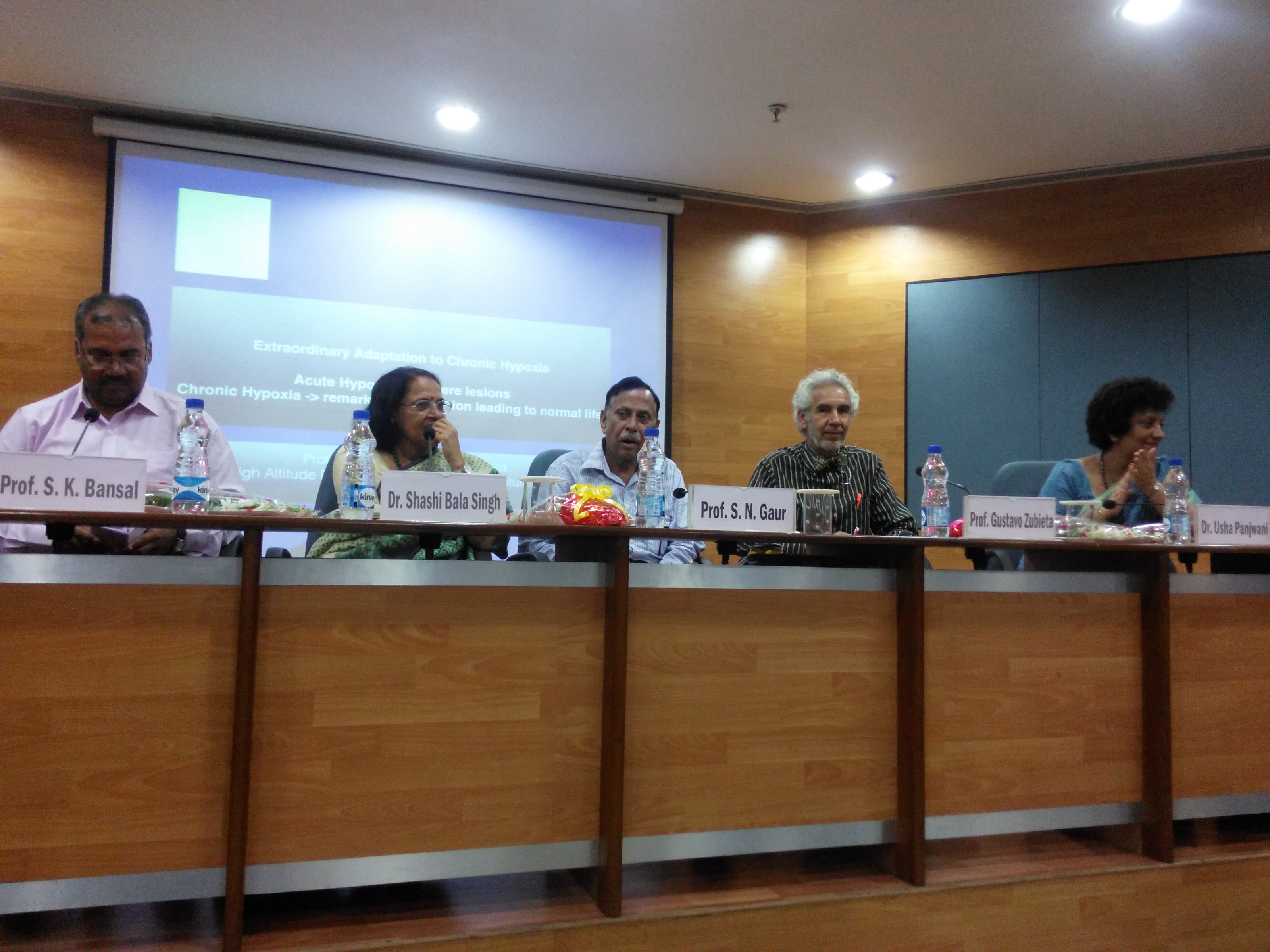Grand Chronic Hypoxia Tour throughout India July 2016 in the city of Dehli
In this series of consecutive blogs, you can read about this outstanding scientific tour. Each blog is dedicated to one city and one scientific concept presented in the conference “Extraordinary Adaptation to Chronic Hypoxia and Life at High Altitude”
Back to Day 1 of the India Chronic Hypoxia tour
Conference at the prestigious Defense Institute of Physiology and Allied Sciences (DIPAS) in Dehli
To arrive once more in Dehli where the fantastic statue of the great Ghandi is located, was indeed a delight.

And to be once more in the outstanding Defense Institute of Physiology and Allies Sciences (DIPAS) was, indeed, a delight. Back in 2012, we had jointly carried out the Global Hypoxia Summit and 4th international conference on Chronic Hypoxia (the 4th of our Chronic Hypoxia Symposiums) at DIPAS with great success. Dr. Shashi Bala Singh its Director, and with the kind coordination of Dr. Kaushal K Srivastava, we once again shared kind moments of scientific delight surrounded by professors, faculty, researchers and students in their beautiful auditorium.
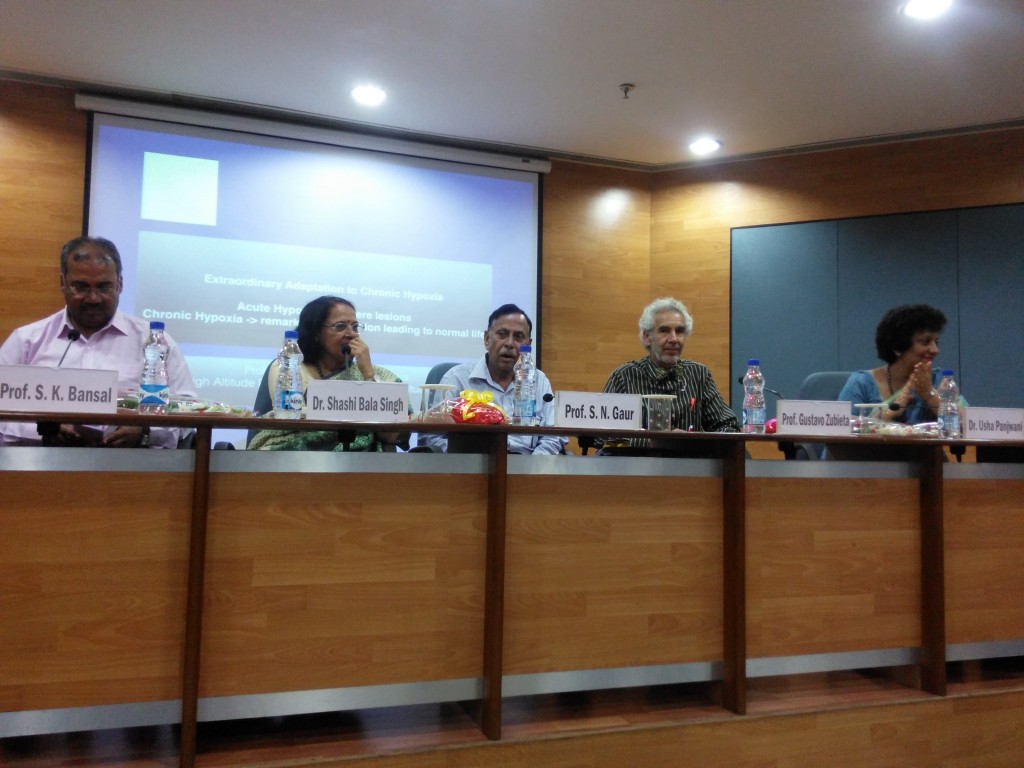

The lighting of candles in these scientific meetings in India is a great honor, as it is a symbol to show the enlightenment, an act of giving light to shadows and darkness, signifying bringing knowledge to where there is emptiness in that specific area. This extraordinary symbol in India is a unique ceremony that the whole world needs to understand and learn from this millenary culture that was so creative in science, the arts, the personal growth, the love for nature and the respect for all animals and living beings. The western civilization has so much to learn!!!
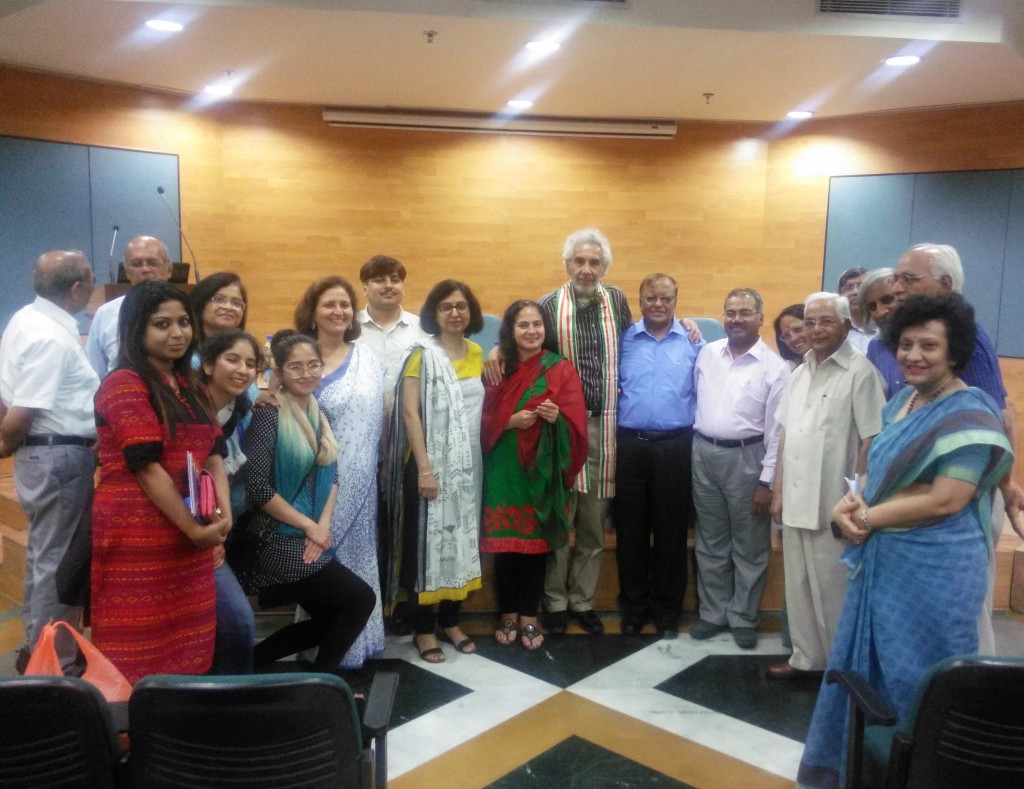
ONE CONCEPT INCLUDED IN THE CONFERENCE “Extraordinary Adaptation to Chronic Hypoxia and Life at High altitude”:
The theory proposed by Prof. Dr. Gustavo Zubieta-Castillo that man con adapt to live in the hypoxic levels of Mt. Everest, was retouched. It becomes more and more evident that this is a reality. The Indian Army Units disposed in the border with Pakistan at 6000m of altitude, are a strong proof that adaptation to this altitude is possible. DIPAS is the Institution that contributes greatly to the success of such unique missions. We met several Army medical officers, that had worked in such missions and all were in agreement with our points of view.
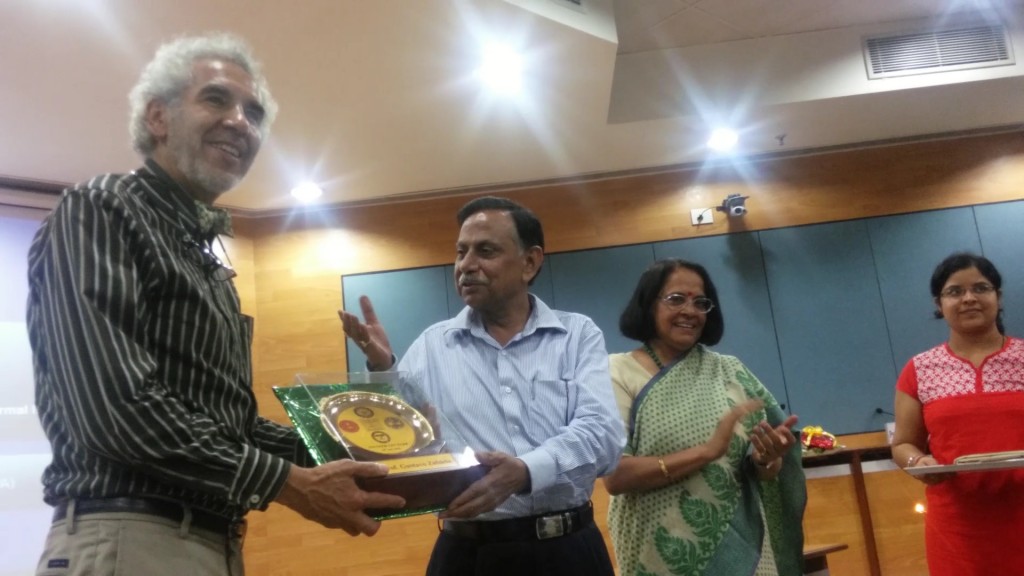
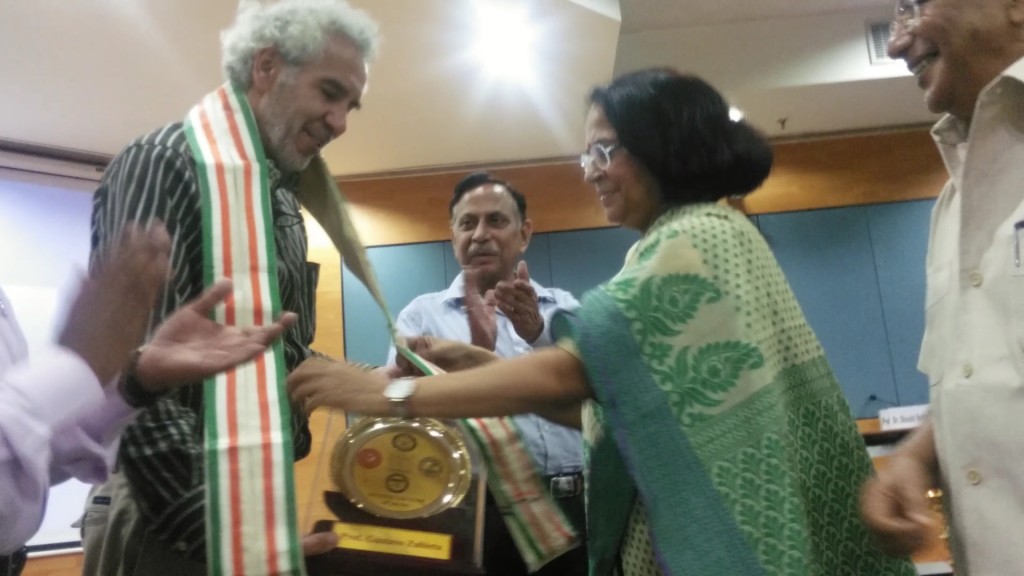


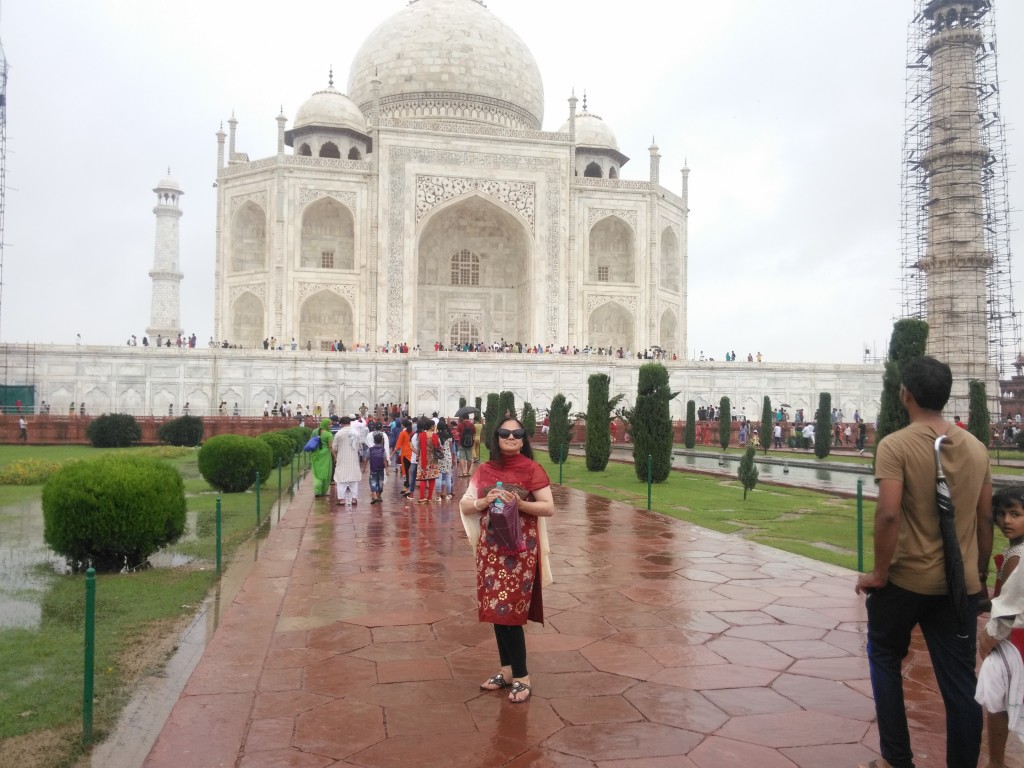
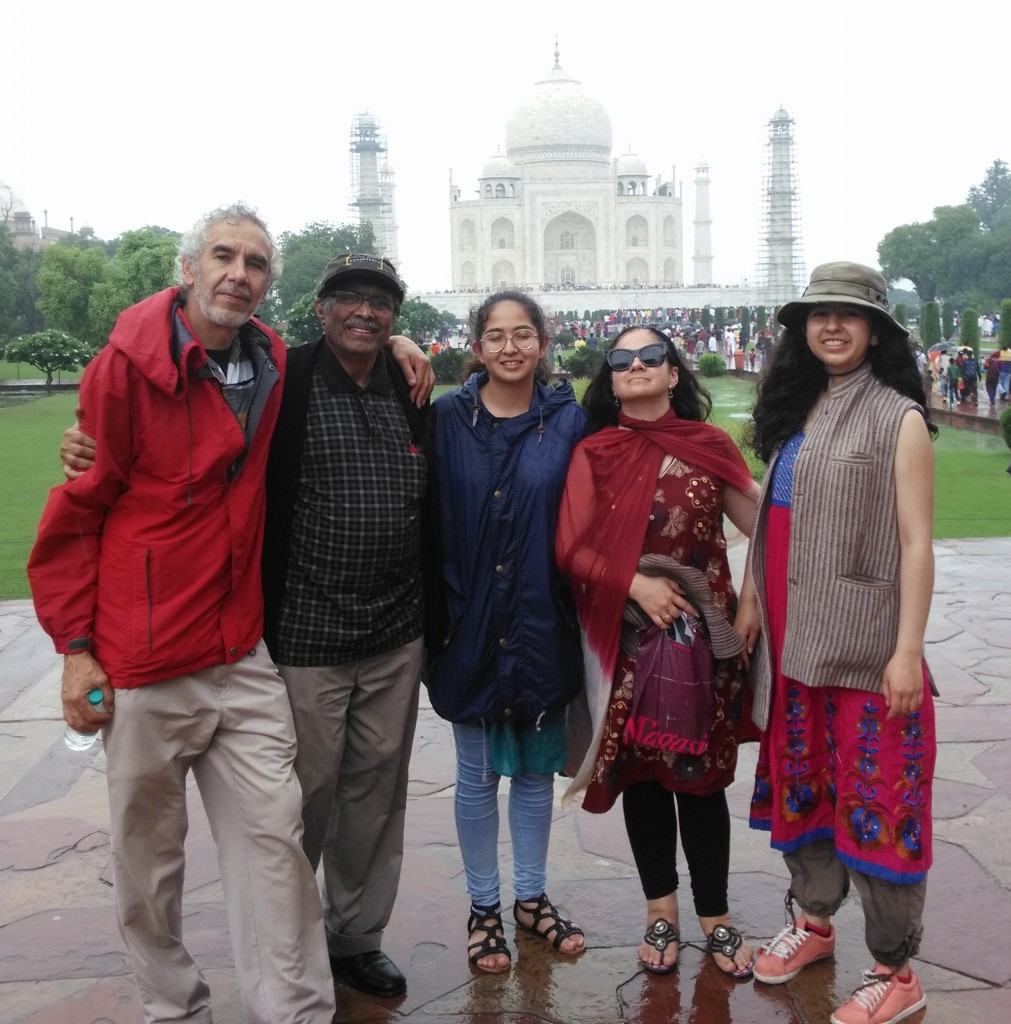

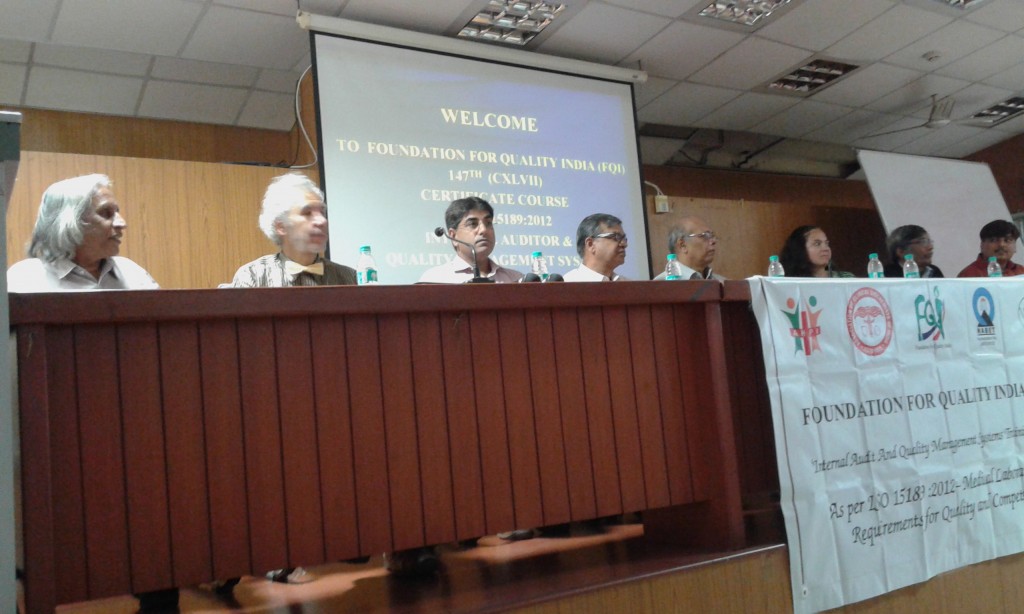
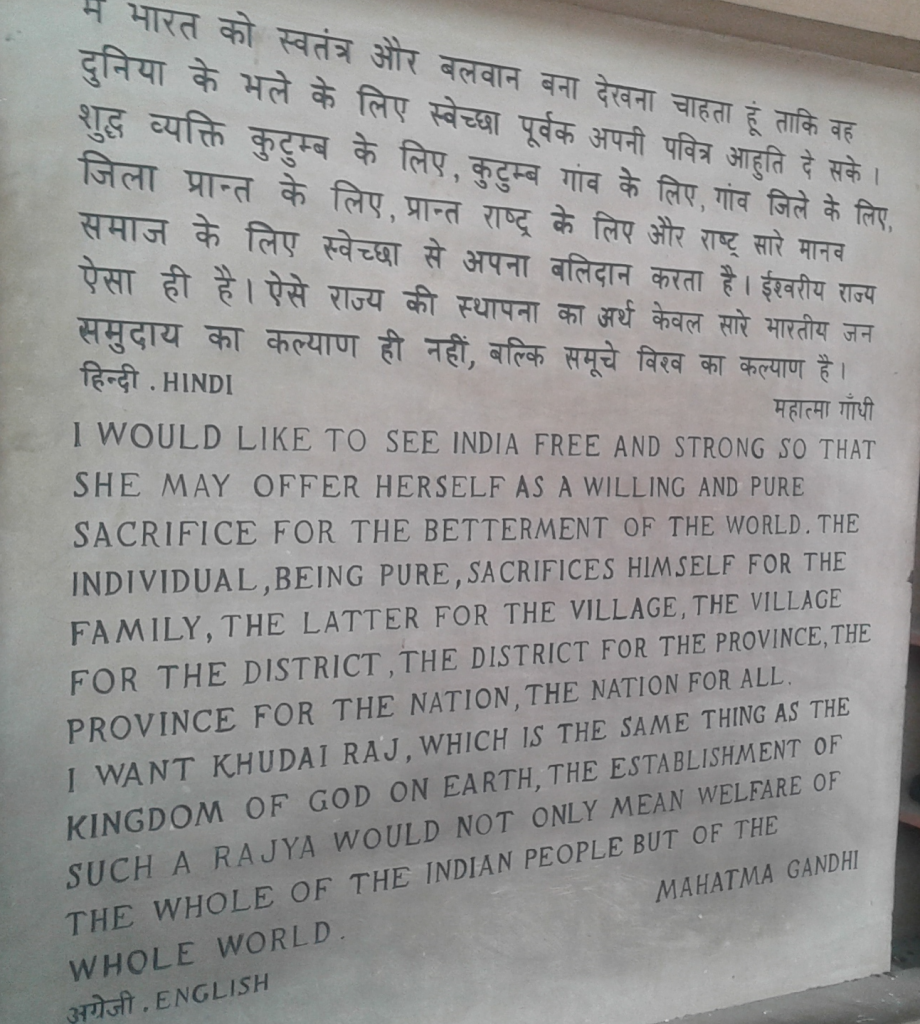
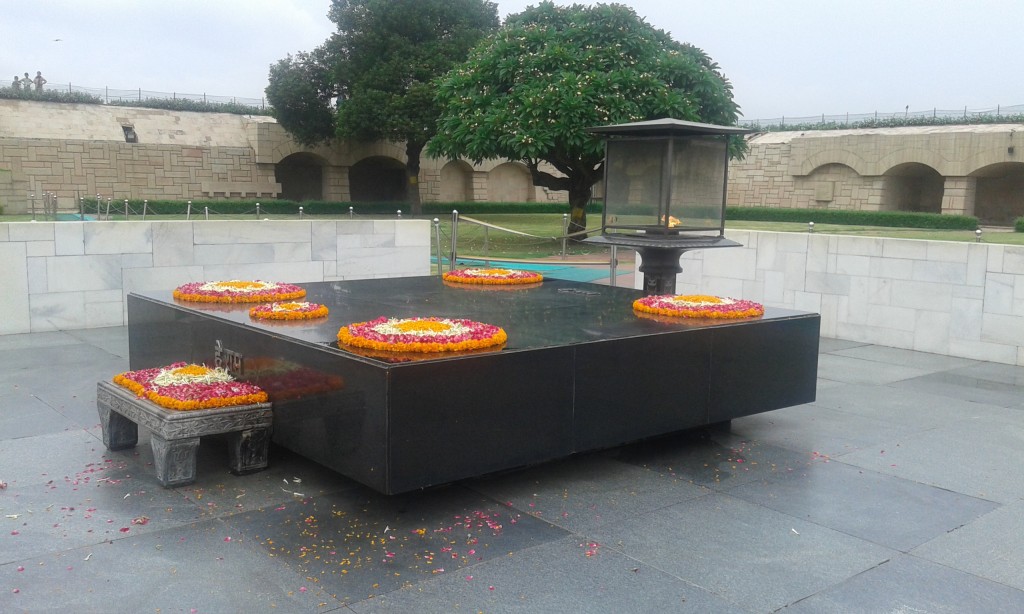

Click here to go to the next days of the GRAND CHRONIC HYPOXIA TOUR IN INDIA. JAIPUR AND THEN JODHPUR AT THE ALL INDIA INSTITUTE OF MEDICAL SCIENCES
